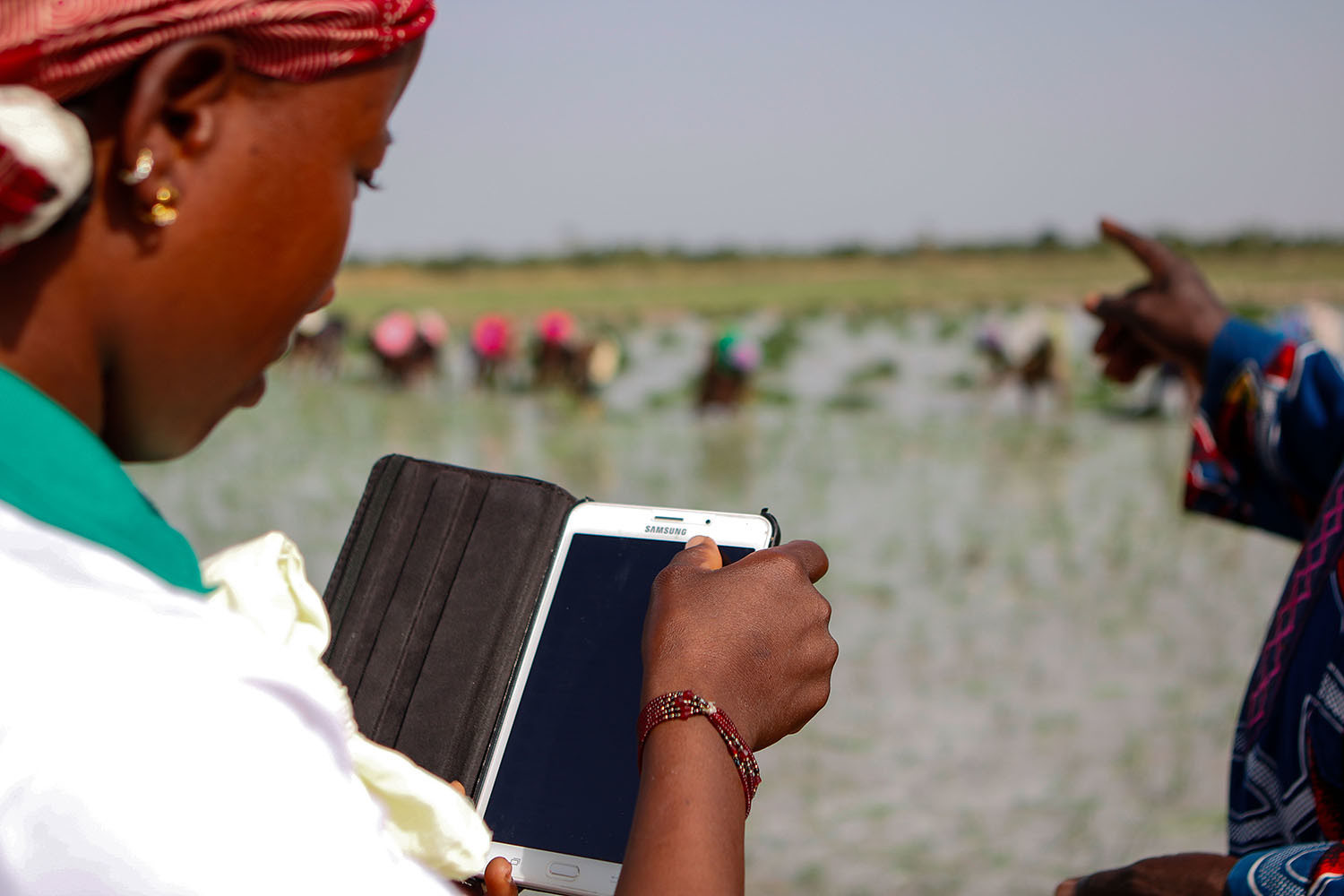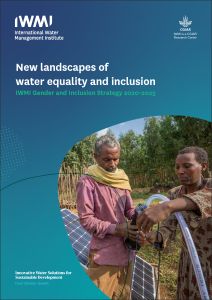Deepa Joshi, Gender, Youth and Inclusion Lead Specialist, IWMI
Alan Nicol, Strategic Program Director – Water, Growth and Inclusion, IWMI
Prachi Patel, Princeton in Asia Fellow, IWMI
The #MeToo movement and more recently, the Black Lives Matter protests have brought gender and inclusion to our frontpages. As these contemporary movements succeed in bringing the much-needed attention to these deep-rooted disparities, we at IWMI express solidarity on these issues. Together with all other CGIAR centers we endorse the statement to condemn and reject racism in all of its forms.
We believe that diversity is our strength. Plurality drives better science and innovation.
In this context, IWMI’s newly launched Gender and Inclusion Strategy tackles how gender intersects with a range of social disparities to create ‘knots of inequality’. These knots are difficult to untie, and the results are barriers in access to water, land and related resources that hinder resilience to climate change and achievement of wider growth and development benefits. In short, these knots of inequality directly hinder the achievement of global development goals.
In all societies, to a greater or lesser extent, social norms, identities and roles combine to make women less privileged than men. The current Covid-19 pandemic has shone a glaring light on the structural features in society that determine the achievement of basic human equalities, such as limited water access preventing hand hygiene for poor and marginalized individuals. And current debates and demonstrations around structural race inequalities graphically illustrate how complex and intersectional inequalities can become engrained in societies – whether developing countries or major industrial economies.
Guided by this new strategy, IWMI will enable and encourage women’s participation in tackling symptoms of gender inequality but also move beyond this to understand and systematically address more structural, systemic inequalities.
Our work to date in Asia and Africa has revealed how gender inequality shapes food and water systems, and how water interventions, technologies and innovations result in gender-unequal outcomes. The benefits of solar irrigation pumps, improvements in irrigation and agriculture value chains, access to crop insurance informed by technological innovations in mapping floods and droughts and water, adequate sanitation and hygiene (WASH) solutions and interventions are rarely equitable, if ever gender-equal. But the challenge to us – and the wider development community – is how to bring about structural change, at the core of which are systemic challenges around gender, power, poverty and rights intersecting with issues including race, class, ethnicity and disability. Put together, now more than ever before, we have to find better ways to addressing systemic, structural, intersectional and dynamically evolving inequalities in order to design and deliver research for development (R4D) that can tackle the call to ‘leave no one behind’ head on.
For this, our new strategy will focus on:
Bridging knowledge gaps: We will apply research methods and approaches that deliver robust and granular knowledge speaking to the needs of policy and practitioner stakeholders, and in the process, identify key bottlenecks and structural biases that allow inequalities to persist.
Fixing systems: Working in close collaboration with key stakeholders, we will facilitate learning by building capacity and tackling inherent systemic gaps – enabling, rather than advocating for change.
Catalyzing transformation: We believe changing the status quo at a systemic level on gender inequality and inclusion has to involve bold change processes. This involves working with partners to engender water innovations, interventions and investments that trigger transformative change at a more structural scale.
IWMI’s overall mission for transformative science enables our strategy to align with the Sustainable Development Goal (SDG) call for transformative change, and to the CGIAR Gender Platform’s goal of ‘a new normal’ where ‘gender equality drives transformative innovations, interventions and investments in climate-resilient and sustainable food systems.’ But above all, this strategy is deliberately bold and ambitious and, we believe, reflective of the new global environment in which tackling inequality is the single most defining issue of our times.



